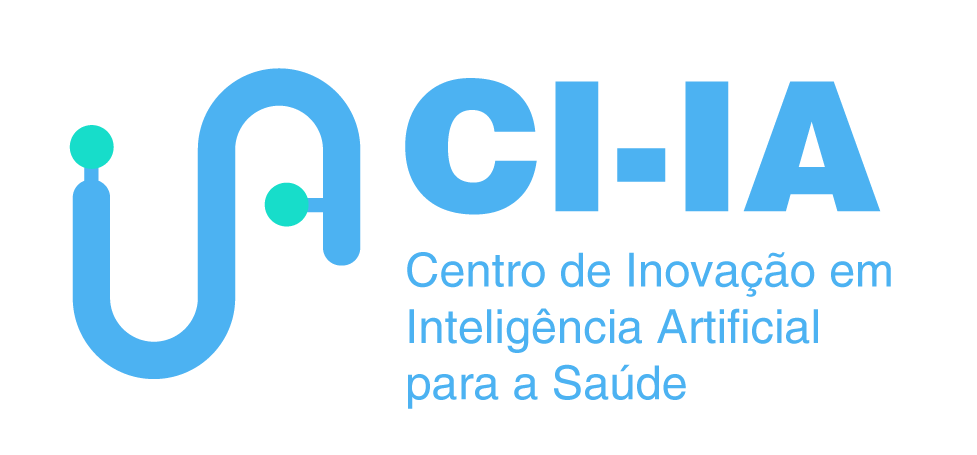Thematic Axes
The prevention of diseases, understood as specific interventions on population and individual basis, aims to minimize the burden of diseases and associated risk factors. In public health, we seek to act from the perspective of disease prevention, whether in primary prevention, which aims to prevent the occurrence of diseases before they develop, in secondary prevention, or early diagnosis of the disease already in place, and in tertiary prevention, or in harm reduction, aiming at limiting disabilities. Quality of life is defined as the individual’s perception of his/her position in life in the context of the culture and value systems in which he/she lives and in relation to his/her goals, expectations, standards and concerns.62
AI offers several ways to support the central objectives of public health, which are to improve the quality of life, promote good health conditions to the entire population through preventive strategies, protecting against diseases and stimulating healthy lifestyles. Predictive AI models have been used to estimate the risk of occurrence of certain outcomes (disease and death), based on the identification of socioeconomic, demographic, social, and environmental contexts, as well as the individual’s life habits and health conditions. The set of information generated by these models might help to maximize the effectiveness of interventions, whether preventive actions or treatments, and reduce health costs. It can also help managers to better target interventions.
In the context of chronic NCDs, the pioneering experiences of measuring risk scores, such as the Framingham cardiovascular risk score, led to the identification of patients at higher risk for complications and death, allowing public policies to be directed to those at risk.63 Other examples of studies include the estimation of health indicators in small geographic areas, thus leading to reliable estimates for subgroups with greater vulnerability. Covariables, such as environmental data (radiation, noise, pollution and sanitation), socioeconomic data (income, education, housing and employment), may support risk estimation models and thus support the formulation of public health policies and programs 64.
In a systematic review, Ali et al. (2016) showed that research using AI and mobile health technologies (mHealth) evolved from support systems for health services (decision support systems, for example) to a wide range of purposes, including preventive care, health promotion, diagnosis, treatment and monitoring 65. Telemonitoring of wearable devices (for example pressure, oxygenation, weight, ECG, food, physical activity, others), as well as interaction chats with virtual clinical centers, constitute new technologies, which have been progressively employed and may be used as ancillary resources for establishing improvements in the quality of health care for the population, facilitating self-care and the humanization of care 66,67. There is also potential to use data from other types of virtual sensors such as social networks, location tracking by cell phone and others, which may complement data from telemetric monitoring 68. AI technologies, associated with ubiquitous computing and the Internet of Things, would allow continuous and systematic monitoring of many individual parameters. It is worth mentioning that the health area is one of the vertical markets (together with industry, mobility and others) that define requirements for standardization in the area of Internet of Things 69 and in new communication technologies. The data collected from physical and virtual sensors should be stored for long periods of time, forming a map of the lives of individuals and populations, which would allow the application of AI techniques to predict events and prevent diseases. In this context, there is a great challenge to collect, integrate, combine and safely store data from heterogeneous and multimodal sources, with multiple temporal and spatial resolutions, guaranteeing, above all, the privacy of the individuals who provide this information 70. Several techniques can later be applied on these databases, aiming at obtaining data rich in discriminability to feed AI models that can be used both to predict the patient’s own outcomes, as well as for treatment and improvement of care 71. These models will allow to improve the individual’s health, the adoption of self-care practices, health prevention and promotion. Orthogonal to all these steps, it is also essential that the processes of obtaining, processing and preserving data, as well as the development of AI solutions that use them, are fully aligned with ethical principles associated with transparency, privacy, impartiality, responsibility, accountability, reliability and inclusion, as well as aspects of related legislation (for example, Brazilian Law for Data Protection) so that different users can understand and trust the information presented, effectively benefiting from the solutions developed.
Principal Researchers: Deborah Malta, César Victora, Philippe Navaux, Jussara Almeida
References:
62. WHO | WHOQOL: Measuring Quality of Life. 2014 Mar 11 [cited 2020 Jul 12]; Available from: https://www.who.int/healthinfo/survey/whoqol-qualityoflife/en/
63. Lloyd-Jones DM, Braun LT, Ndumele CE, Smith SC Jr, Sperling LS, Virani SS, et al. Use of Risk Assessment Tools to Guide Decision-Making in the Primary Prevention of Atherosclerotic Cardiovascular Disease: A Special Report From the American Heart Association and American College of Cardiology. Circulation. 2019 Jun 18;139(25):e1162–77.
64. Würthwein R, Gbangou A, Sauerborn R, Schmidt CM. Measuring the local burden of disease. A study of years of life lost in sub-Saharan Africa. Int J Epidemiol. 2001 Jun;30(3):501–8.
65. Ali EE, Chew L, Yap KY-L. Evolution and current status of mhealth research: a systematic review. BMJ Innovations [Internet]. 2016 Jan 1 [cited 2020 Jul 6];2(1). Available from: https://innovations.bmj.com/content/2/1/33.abstract
66. Malta DC, Merhy EE. O percurso da linha do cuidado sob a perspectiva das doenças crônicas não transmissíveis. Interface (Botucatu). 2010 Sep 17;14(34):593–606.
67. Inglis SC, Clark RA, Dierckx R, Prieto-Merino D, Cleland JGF. Structured telephone support or non-invasive telemonitoring for patients with heart failure. Cochrane Database Syst Rev. 2015 Oct 31;(10):CD007228.
68. Atzori L, Iera A, Morabito G. The Internet of Things: A survey. Computer Networks. 2010 Oct;54(15):2787–805.
69. ITU-T Recommendation database [Internet]. ITU. [cited 2020 Jul 16]. Available from: http://handle.itu.int/11.1002/1000/11559
70. White S. A review of big data in health care: challenges and opportunities. OAB. 2014 Oct;13.71. Perez-Rua J-M, Vielzeuf V, Pateux S, Baccouche M, Jurie F. MFAS: Multimodal Fusion Architecture Search [Internet]. 2019 IEEE/CVF Conference on Computer Vision and Pattern Recognition (CVPR). 2019. Available from: http://dx.doi.org/10.1109/cvpr.2019.00713
71. Perez-Rua J-M, Vielzeuf V, Pateux S, Baccouche M, Jurie F. MFAS: Multimodal Fusion Architecture Search [Internet]. 2019 IEEE/CVF Conference on Computer Vision and Pattern Recognition (CVPR). 2019. Available from: http://dx.doi.org/10.1109/cvpr.2019.00713





